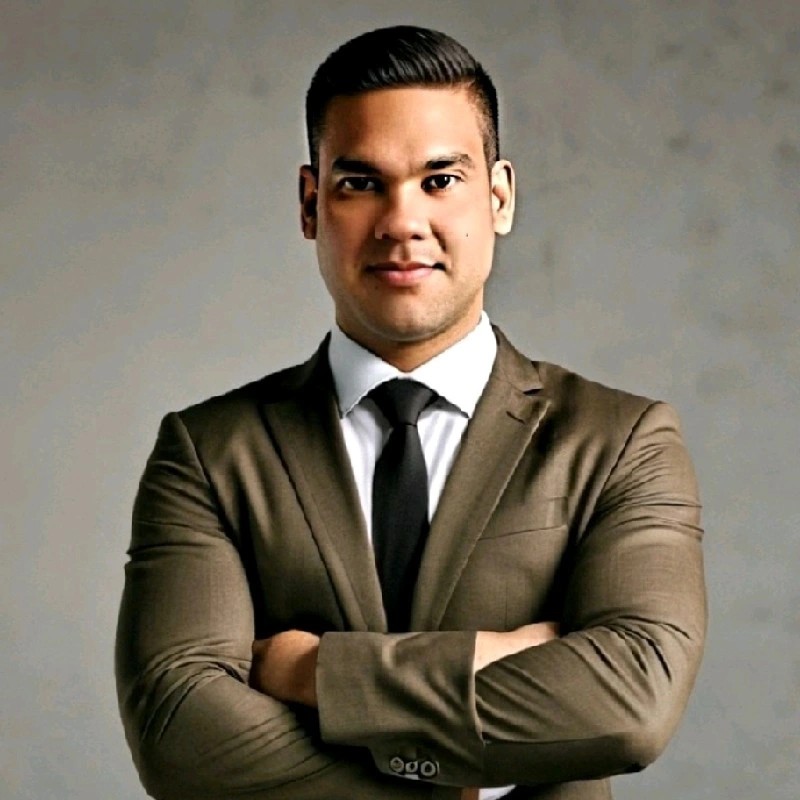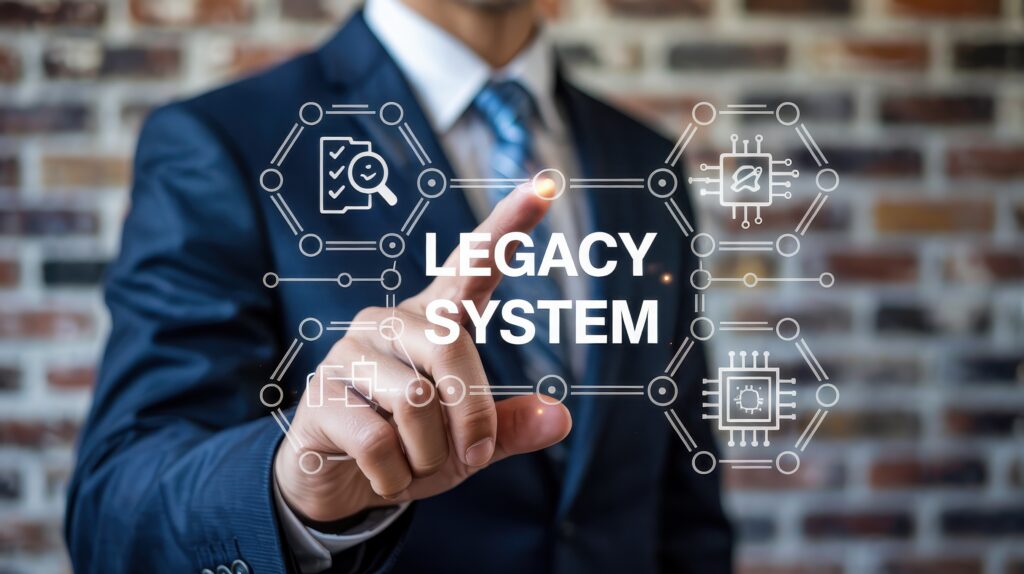Our webinar, “From Legacy to Leading: How Dealers Are Modernizing Their DMS,” reinforced something I’ve seen countless times in my decade working with dealerships: the gap between surviving and thriving often comes down to one critical decision—are you willing to fundamentally change how you operate?
I had the privilege of hosting two remarkable dealers who’ve been through this transformation: Keith Johnson from Ingram Equipment Company and Jeremy Ahearn from Ahearn Equipment. Both run successful 40+-year-old dealerships, but their paths to modernization—and the insights they shared—offer invaluable lessons for any dealer contemplating this journey.
The Breaking Point: When “Good Enough” Isn’t Good Enough Anymore
What struck me most was how similar their breaking points were, despite serving completely different markets. Keith’s team at Ingram Equipment, focused on municipal and environmental equipment, had built elaborate workarounds around an off-the-shelf accounting system that was never designed for dealership operations. Jeremy’s family business in New England was drowning in Excel spreadsheets as they tried to scale from lawn and garden into more complex construction equipment transactions.
Both dealers reached the same realization: their current systems weren’t just limiting growth—they were actively preventing it. As Keith put it, “We really found ways to build processes around how to make that system work. And so, as we were evaluating our processes, I mean, it all went back to I think we got the wrong system.”
This resonates with conversations I have weekly. Dealers often tell me about the creative solutions they’ve built to make inadequate systems function. But there comes a point where creativity becomes inefficiency, and workarounds become barriers to growth.
The Hard Truth About Change
Jeremy shared something that took real courage to admit: “We honestly didn’t know what we didn’t know.” When Ahearn Equipment implemented IntelliDealer 11 years ago, they made a conscious decision to change their processes to match the software rather than forcing the software to match their old habits.
“I said. We’re going to take the harder route, and we’re going to change our process to meet the software system. After all, if IntelliDealer is in some of the largest John Deere organizations in this country, they must know how big business is done.”
This is perhaps the most important insight from the entire session. Too many dealers approach modernization thinking they can simply transfer their existing processes to new technology. But true modernization requires examining whether those processes are actually serving your business—or holding it back.
Measurable Impact: Beyond the Obvious Metrics
The results both dealers shared weren’t just about efficiency gains—they were about fundamental business transformation. Keith’s team saw a 35% increase in service jobs from 2022 to 2023, which he directly attributed to eliminating administrative bottlenecks that were preventing technicians from focusing on actual service work.
Jeremy’s transformation was even more dramatic. He described going from thinking they needed to hire three more people to realizing they had five people without enough productive work—all because modern systems eliminated the manual data management that was consuming so much time.
But the most compelling metric wasn’t about cost savings—it was about capability. Jeremy now manages over 1,000 service agreements using IntelliDealer’s predictive algorithms, creating a reliable revenue stream of planned work that didn’t exist before. This isn’t just efficiency; it’s a completely new business model.
The Real ROI: Strategic Advantages
What separates successful modernization from simple software upgrades is the strategic thinking that emerges once operational friction disappears. Keith emphasized how dashboard visibility now allows his team to make data-driven decisions about inventory, work-in-progress management, and resource allocation across multiple locations.
Jeremy highlighted something equally important but often overlooked: system stability and security. In an era where cyber threats can shut down entire dealer networks (as we saw with the CDK breach), the peace of mind that comes from a stable, secure platform has real business value.
One of the most exciting parts of our conversation was discussing AI’s role in the future of dealer operations. Both dealers are already experimenting with AI for administrative tasks and data analysis, but the real potential lies ahead.
Our newly launched VitalEdge AI Labs initiative is focused on practical applications—imagine AI-powered service scheduling that automatically optimizes technician routes based on their skills and geographic efficiency, or predictive analytics that help anticipate customer needs before they even call.
As Jeremy noted, the real power will come when frontline employees can interact with AI to instantly access business intelligence: “If my salesman can say, ‘Hey, tell me all the customers named Charles that bought a machine from me in the last 3 months in a 20-mile vicinity,’ and have that information right at their hands—that’s when this gets really powerful.”
Three Critical Success Factors
After facilitating hundreds of dealer transitions, I’ve identified three factors that separate successful modernizations from struggles:
1. Commit to Change, Not Just New Software Half-measures fail. If you’re not prepared to examine and potentially change your fundamental processes, don’t start. As Jeremy emphasized, this transformation took his team nearly five years to fully realize.
2. Invest in Training Beyond Go-Live Both dealers stressed the importance of ongoing education. Jeremy’s team brought in subject matter experts at the six-month and three-year marks—investments that paid dividends. Keith wished they had done the same.
3. Think Partnership, Not Vendor Relationship Choose a technology partner based on their roadmap and commitment to innovation, not just current features. The dealers who thrive are those aligned with partners pushing the industry forward.
The Bottom Line
Modernization isn’t about keeping up with technology trends—it’s about unlocking your dealership’s potential to serve customers better, operate more efficiently, and build sustainable competitive advantages. The dealers who embrace this mindset don’t just survive industry changes; they shape them.
The conversation with Keith and Jeremy reminded me why I’m passionate about this work. Behind every successful implementation is a team that chose growth over comfort, progress over familiarity. That choice isn’t easy, but as both dealers demonstrated, it’s transformational.
Ready to dive deeper? View the full webinar recording to hear Keith and Jeremy’s complete stories, including their candid Q&A responses about handling staff training,
About the Author

Jonathan Brown is the Director of Sales at VitalEdge Technologies, focusing on the IntelliDealer team. With 10 years at VitalEdge, Jonathan specializes in helping dealerships across North America streamline their operations and drive growth. He has partnered with hundreds of dealers, delivering practical solutions and building long-lasting relationships.
Jonathan’s background is rooted in hands-on dealership experience, blending technical knowledge with a customer-first approach. A U.S. Air Force veteran, he holds a Bachelor of Science in Computer Information Systems from Southern New Hampshire University.
Jonathan lives in Florida, where he balances his deep commitment to dealer success with time spent enjoying family life.
